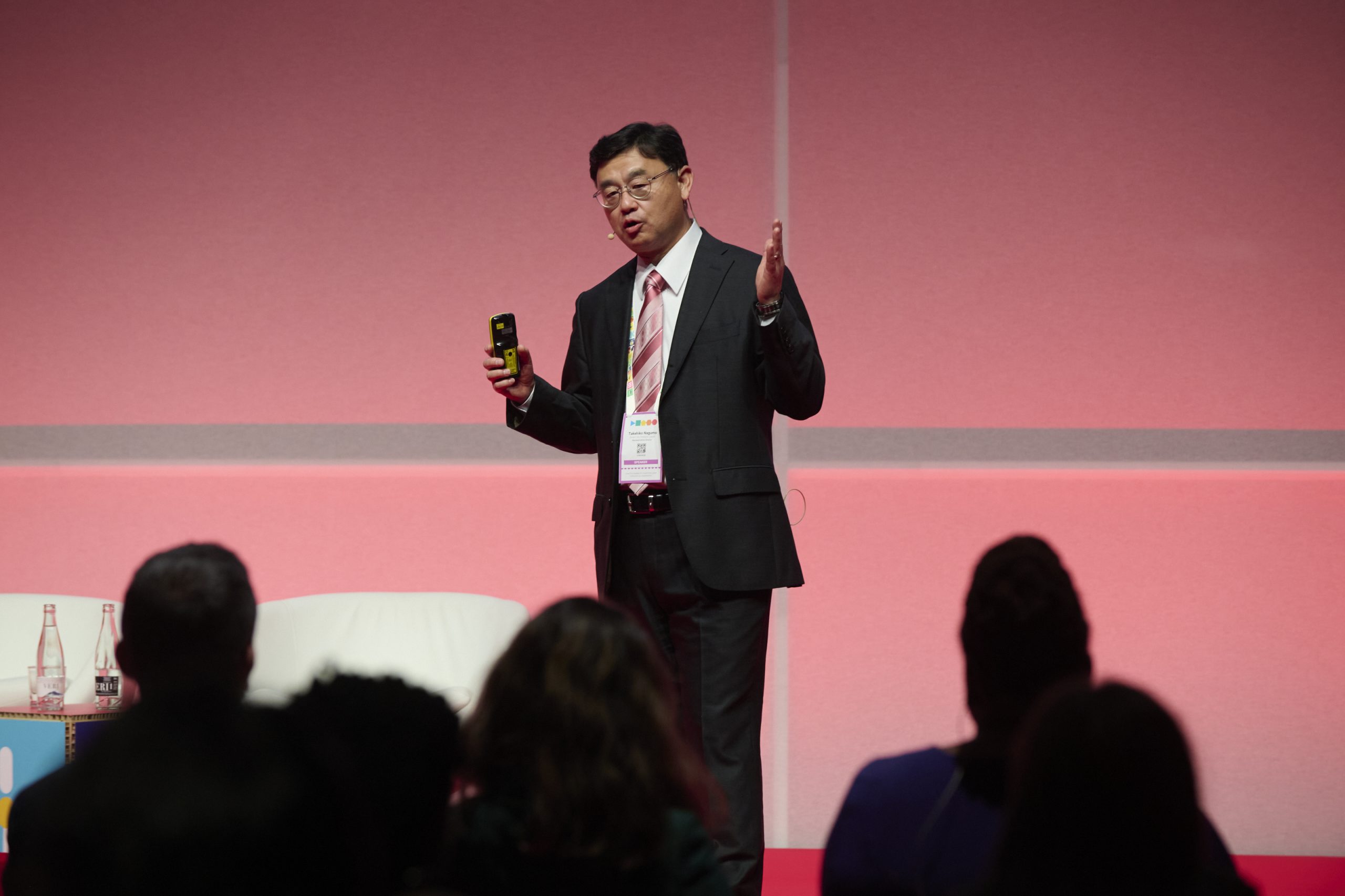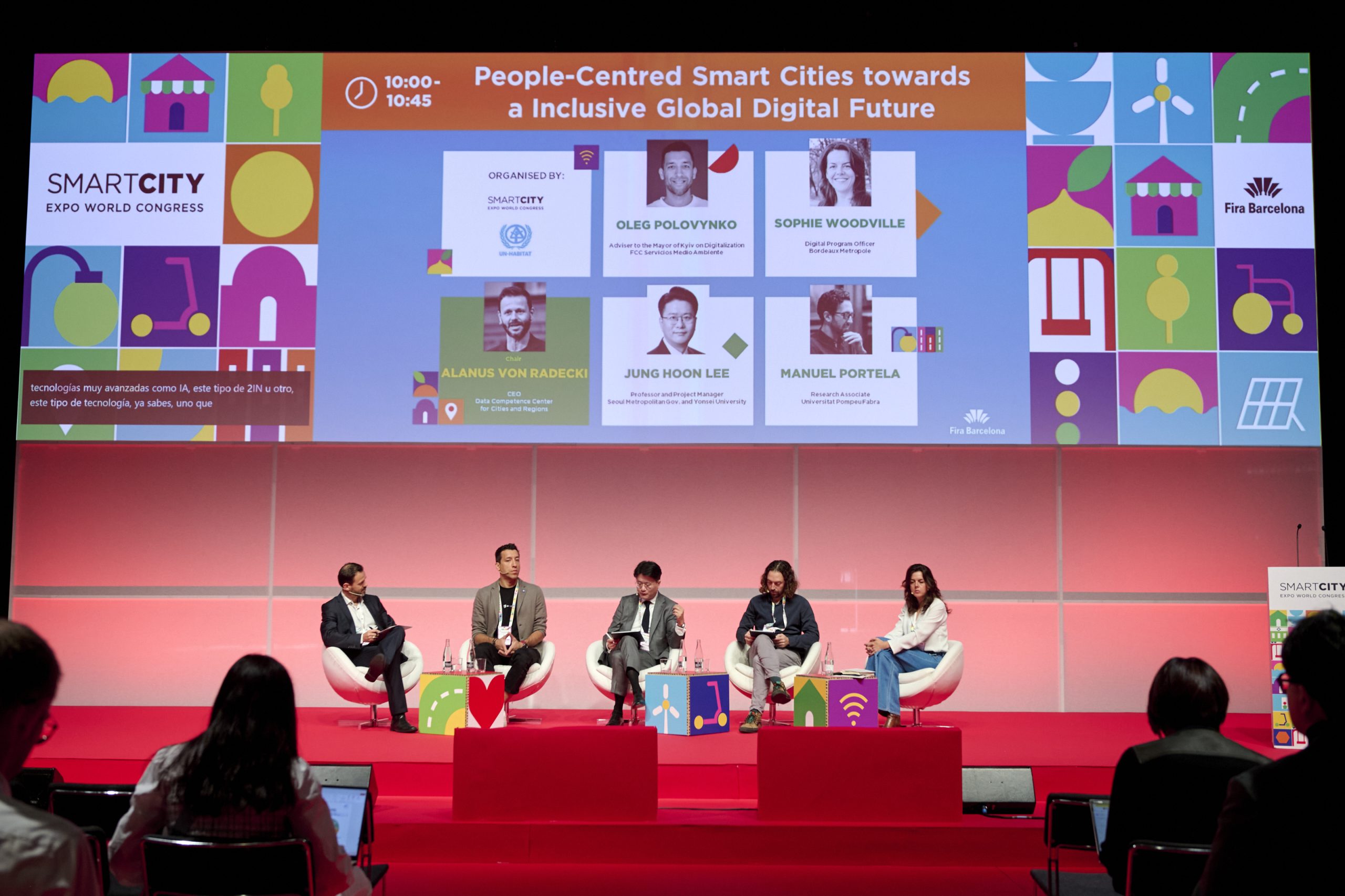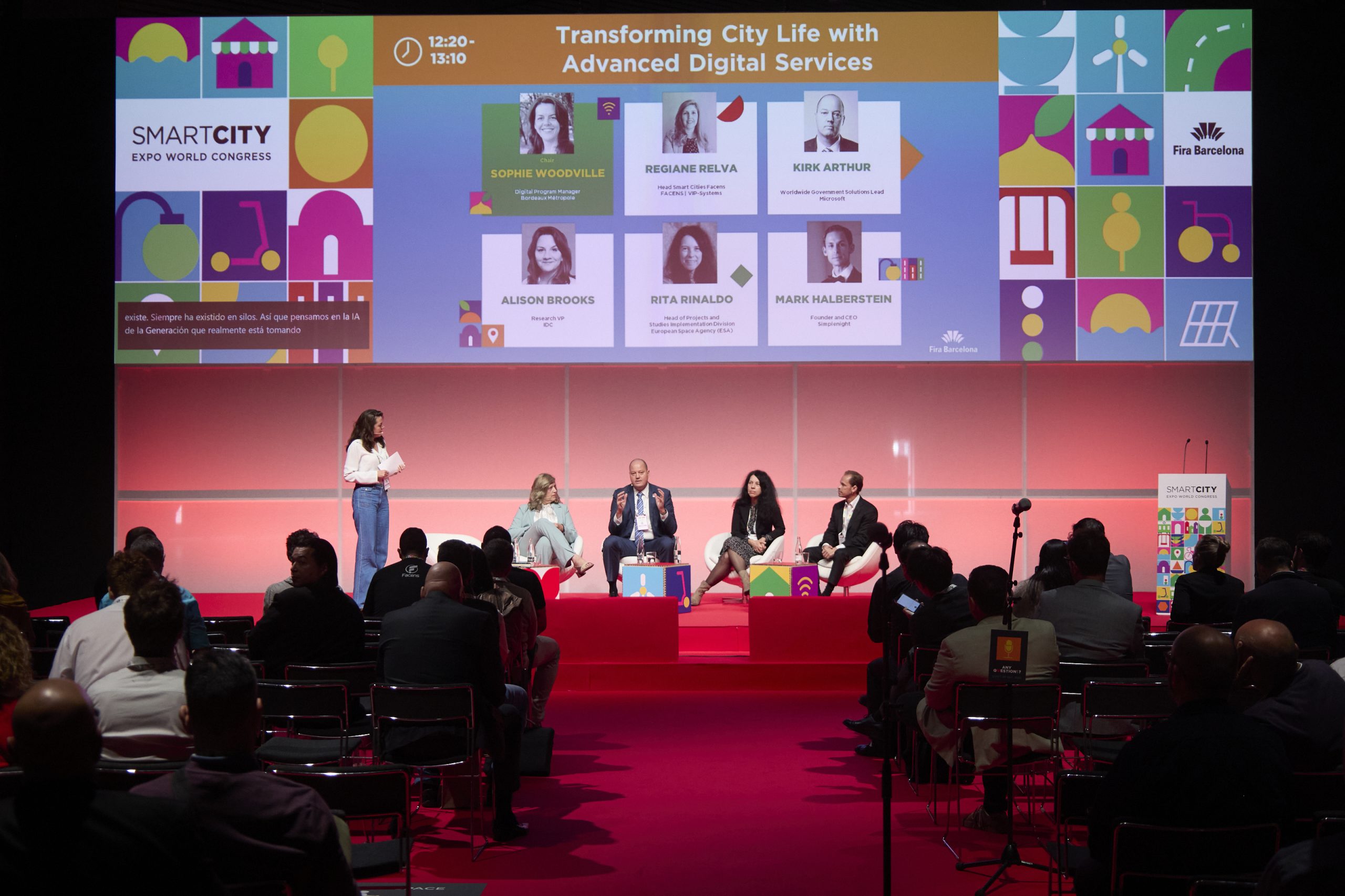Author | M. Martínez Euklidiadas
A few years ago, drones were often viewed as intriguing yet sophisticated tech toys—examples of modern innovation with future potential, but still largely regarded as novelty gadgets. Today, this couldn’t be further from the truth, as drone technology has made a powerful entry into the forefront of innovation. Drones are already improving everyday life in many parts of the world, both in rural areas and cities. The benefits we see today are likely just the beginning, with future advantages still to be defined and developed.
After all, the use of drones extends far beyond capturing spectacular photographs or serving purely commercial purposes. Their potential reaches as far as the imagination of the creative minds working with them can take it.
In fact, this technology has already become one of the most effective and reliable tools in the field of global public health. Examples from various parts of the world demonstrate how drones are being used to reduce barriers to access and streamline processes. As highlighted in a BBC article, drones are “keeping us healthy.”
They are achieving this by helping to combat malaria, a disease that remains endemic in many countries. Fumigating areas where mosquitoes are prevalent can often be too complicated or expensive. As a result, utilizing modern technology to reduce costs, save time, and improve efficiency brings significant added value. Drones effectively address this need. Combined with artificial intelligence, the potential of drones in disease control is vast. In cities, drones enable the monitoring of large population groups’ health in a minimally invasive manner and in real time.
Innovative uses of drones

There is no simple answer to the question of what drones are used for, as their applications are as diverse as the needs of the global population they aim to address. Health is one of the most valuable applications, but it is far from being the only one. These unmanned aerial vehicles are being used to search for taxes, deliver medical material or for research. New innovative ways in which drones are already being used.
Sending objects by drone
The energy cost of sending objects by air (including by plane) is such that, at the moment the delivery of objects by drone focuses on sending critical material to very specific areas. For example, in Israel, drones have been tested to deliver urgent medical equipment, and they have already been used for some time to transport vaccines and even measure vital signs.
UAVs to improve scientific research
Drone technology has been used for some time in a whole host of scientific fields, notably reducing the price of some lines of research. It is used in areas including water sampling for analysis, drones with thermal imaging cameras to measure retreating glaciers or to monitor biodiversity. There are even specific guides on this subject.
Window cleaning with drones
A small army of drones is capable of cleaning the entire facade of buildings, including the windows. The main advantage is that it eliminates the need for scaffolding managed by operators on the ground, and the risks this entails. Regulating these vehicles is undoubtedly complicated.
Drones in search of taxes
As part of its initiative to combat tax fraud, in 2016 the Government of Spain deployed a fleet of drones with the aim of identifying discrepancies between the actual floor area of properties and the declared area. Villas and terraces had been extended and swimming pools had even been built, thinking that nobody would notice. They identified 1.69 million infringements, and netted an extra 1.25 billion euros.
One cow, two cows, three cows: counting livestock
They fly, they have a camera and there are programs designed to count objects. Drones are perfect for monitoring livestock and acting as herdsmen in areas with difficult access.
Drones for bird hazard control in airports
Drones are being used to prevent flocks of birds congregating aroun airport runways where, apart from putting themselves in danger, they could damage the aircrafts and even endanger the lives of passengers. Years ago, in Southampton, United Kingdom, they starte using falcon-like drones. Recently an algorithm has been designed to optimize these flights.
Drones to rescue people
Given their rapid takeoff and versatility by incorporating a whole series of sensors, drones are rapid response elements in the event of natural disasters such as flooding. These machines can be managed remotely or be programmed in survivor search and rescue missions, damage assessment, the identification of hazardous materials, etc.
Crop pollination
There are drones that are helping to pollinate flowers. Their artificial intelligence and camera technology make them ideal for this work. Obviously, this does not resolve the problem of declining insect populations, but it could prevent the loss of biodiversity while we clean the air.
The future of drone technology

The presence of drones is set to continue rising in the coming years, as their potential applications are becoming increasingly valuable to both companies and public entities. A recent analysis by MIT Technology Review highlights several areas where drone technology is expected to gain greater prominence in the near future, including public security and home deliveries. Regulatory changes in some countries could simplify the rules governing airspace, giving drones greater operational flexibility and wider margins for use.
Similarly, measures aimed at decarbonizing the economy and promoting green mobility could positively impact the increased use of drones. According to forecasts by Deloitte, drones could play a “crucial” role in achieving the objectives of the European Green Deal.
Likewise, drones could help bridge gaps and strengthen populations in areas facing depopulation challenges. In Spain, a training program aimed at rural women prepares them to become drone pilots, creating new job opportunities while addressing a regional need. Drones are becoming increasingly important in agriculture and cattle breeding, but farming establishments often struggle to compete in the job market when it comes to hiring skilled drone pilots. The talent pool for skilled drone pilots is limited, and other industries often absorb the majority of these professionals.
However, the rapid rise of drone technology also presents some gray areas. The use of airspace has been a major concern from the start, but the potential impact on privacy and security issues must also be considered.
Image | Goh Rhy Yan, Josh Ogden, Ian Baldwin






















































